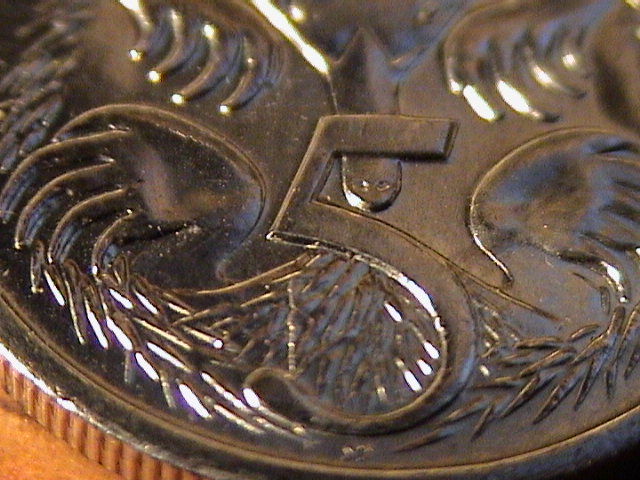
Watch out Julia! Someone's coming to stab you!
Hey guys! Sorry it's been a while. My reason for absence is due to mainly being slack as well as playing Supa Golf, wine tasting at Sandalford Wines and watching Perth Glory dominate, hence they're pretty legitimate reasons. What's not legitimate, is the outcome of yesterday's Federal Election.
The last five weeks have been the most uninspiring lead up to any kind of election in my twenty and a half years on this Earth. The terms 'moving forward' and 'real action' have been bandied so much that they have lost its meaning and look what we've ended up with, a hung parliament (yes, please laugh at the sexual innuendo, I know The Todd would), the first of such since 1940.
There isn't much I can take out from this election but here are some lessons I've learned:
1. Member for Perth, Stephen Smith, is actually a woman. How on Earth can he talk on the phone, message on his BlackBerry and calculate how many seats his party has lost at the same time whilst being on television talking to Kerry O'Brien??? This (wo)man can multitask!
2. Never, ever, wear a budgie smuggler or drink a shandy. It will define you forever.
3. Learn how not to pronounce 'negotiate' (it is not ner-go-see-ate)
4. The words 'moving forward' and 'real action' shall never be uttered again
5. Every other state and territory in Australia is Western Australia's bitch
6. You are able to turn nearly any word in the political glossary to make it sound inappropriate. For example: swing, hung, tight, liberal, affirmative action, caucus...and the list goes on.
So, what happens with a hung parliament? Well supposedly Gillard is caretaker PM until a formation of a minority government is made with either Gillard or Abbott making a deal with the Independents (such as the kooky Bob Katter) and the first Greens Member of the Lower House, Adam Brandt. The last hung parliament was in 1940 and lasted 2 years, 230 days but no commentator is giving this session of parliament any hope of that. If government is not formed by the 26th November (which seems unlikely but still) another election has to be called.
Now starts a series of negotiations that could last for a series of days or even longer but I'm an extremely impatient person so I've devised a set of methods on how a government can be formed in this situation.
1. The Ultimate Tug of War (Have you seen ToW with 145 people? I think not!)
2. Yard Glass contest between Abbott and Gillard
3. Knock-out Paper-Scissors-Rock tournament, winner becomes PM
4. Pie eating contest between Joe Hockey and Sharryn Jackson (pretty sure i'd beat both of them)
5. Put Gillard and Abbott in a dark, locked room and see which one loses the plot first.
Unfortunately, the Australian Constitution won't adopt these methods any time soon, so in the meanwhile, let's just wait it out and see what happens.
Until next time,
The Canteen Boy


